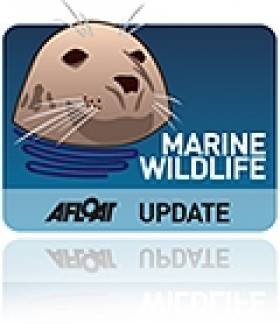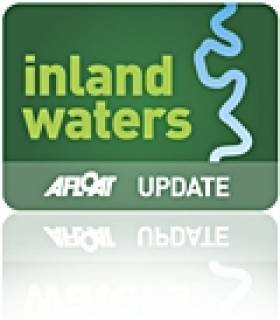Displaying items by tag: swans
Migratory Swan Survey Set For This Weekend
#SwanCensus - Only a handful of Bewick's swans have been recorded in Ireland this winter ahead of a major international survey of migratory swans this weekend.
As RTÉ News reports, just three of the visiting waterfowl species have been sighted in Wexford so far, amid concerns that climate change is seeing them stay put in their Siberian homeland.
Whooper swans will also be counted in the latest edition of the five-yearly survey across a thousand coastal and waterside sites in Ireland this weekend, to see how numbers stand now against the 15,000 birds recorded in 2010 - half of the entire breeding population in their Icelandic home.
RTÉ News has more on the store HERE.
Dead Swans Found On Grand Canal
The Inland Waterways Association of Ireland (IWAI) has confirmed a number of reports of dead swans found along the Grand Canal in south Dublin.
IWAI representative Colin Becker said some of the dead birds were taken away for analysis, while a number of sick birds were taken for treatment by the DSPCA.
As of yesterday morning "another half dozen" deceased swans were discovered between Portobello Harbour and Suir Road Bridge.
Initial reports are pointing to a form of botulism or other bacterial infection. No source had yet been pin-pointed but "a number of dead and rotting sea-fish were found in the area", according to Becker.
He added that swans are known to be susceptibe to bacterial infections.
The IWAI ruled out the presence avian flu, and dismissed suggestions that dredging of the canal might have disturbed bacteria in the sediment, as the infected swans were found some distance from the current dredging site.

























































